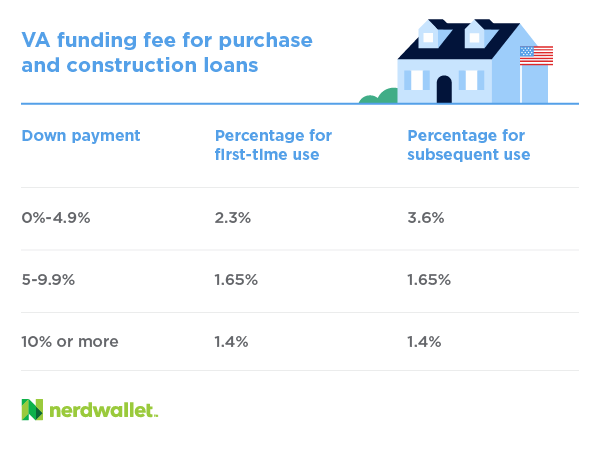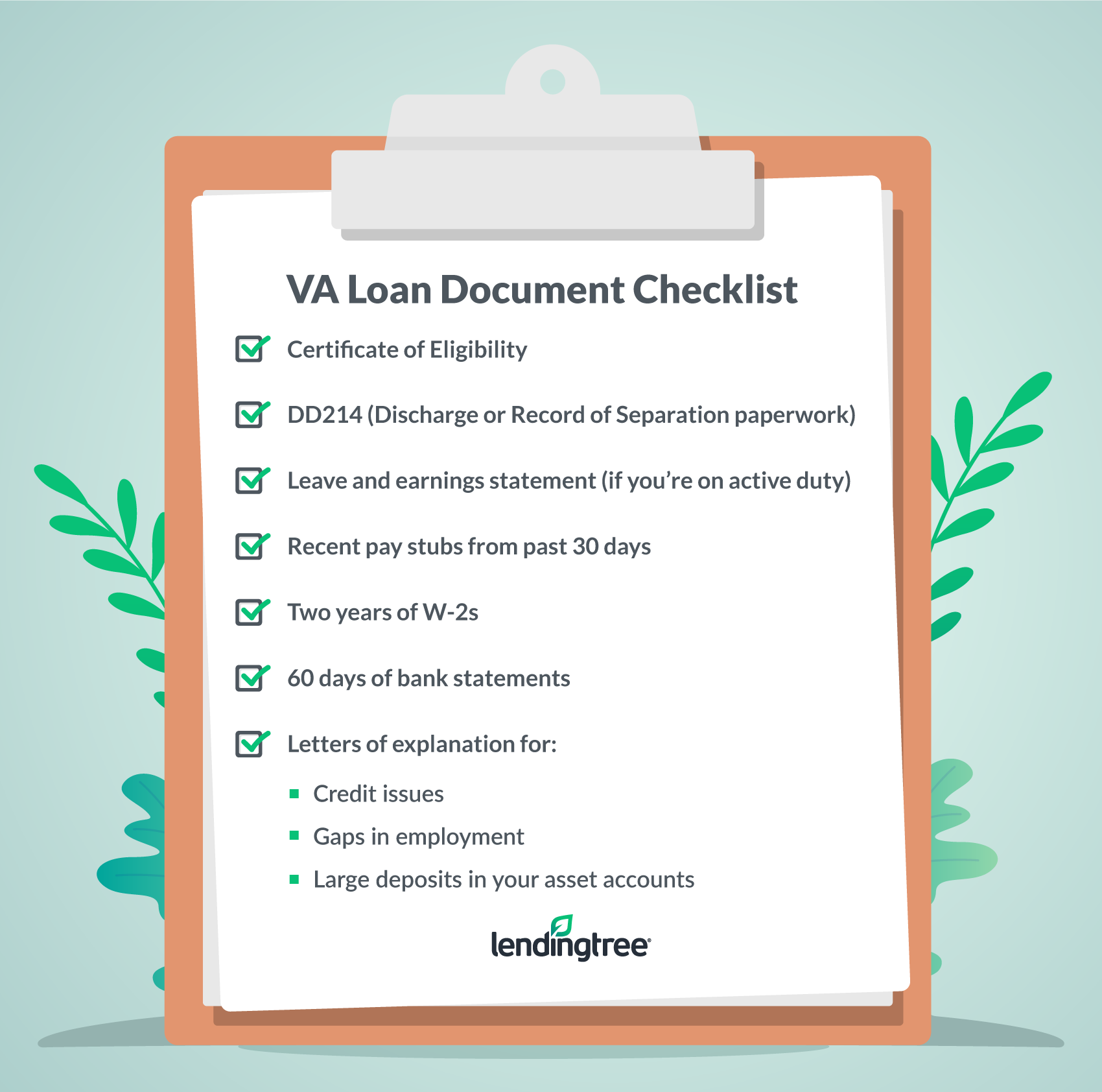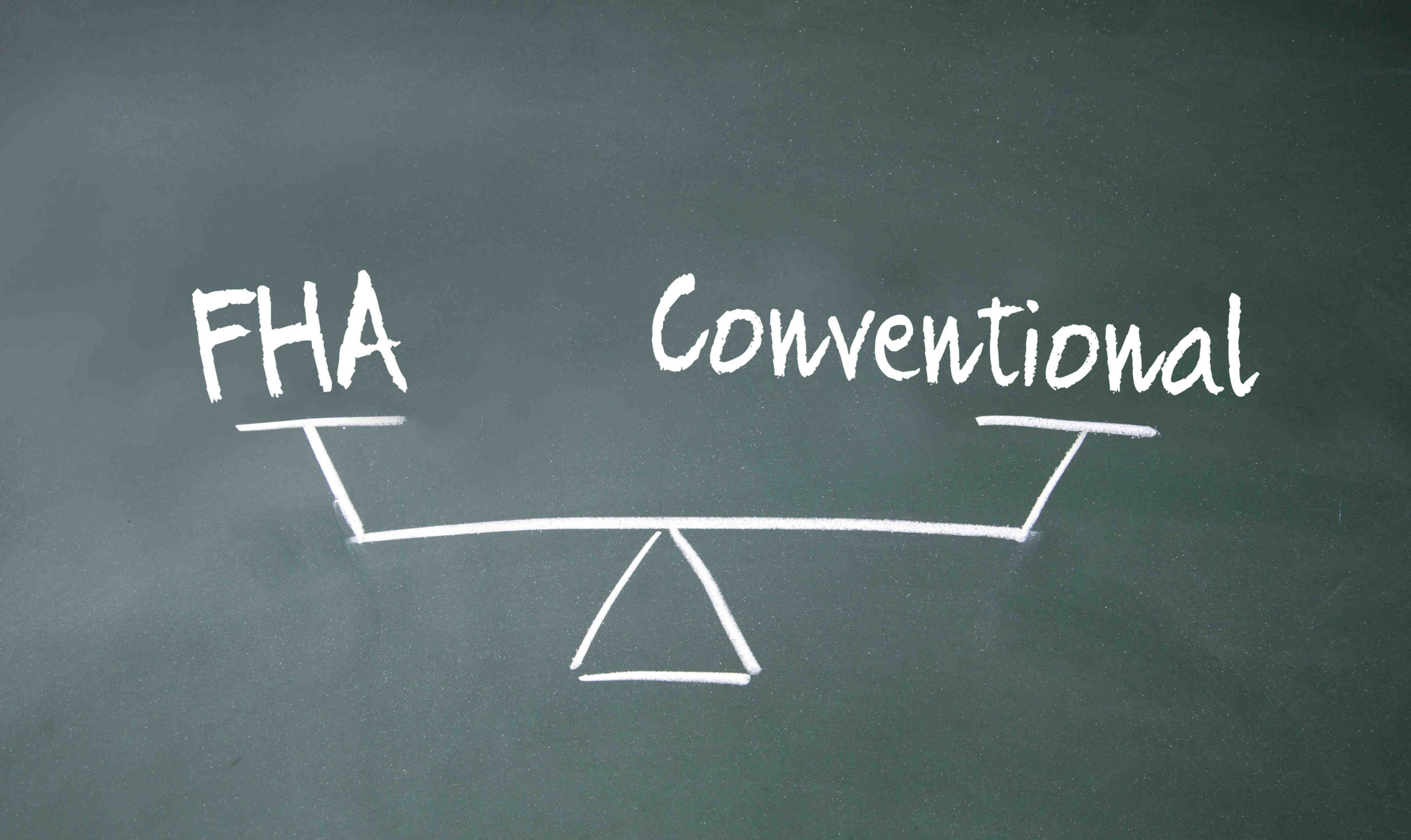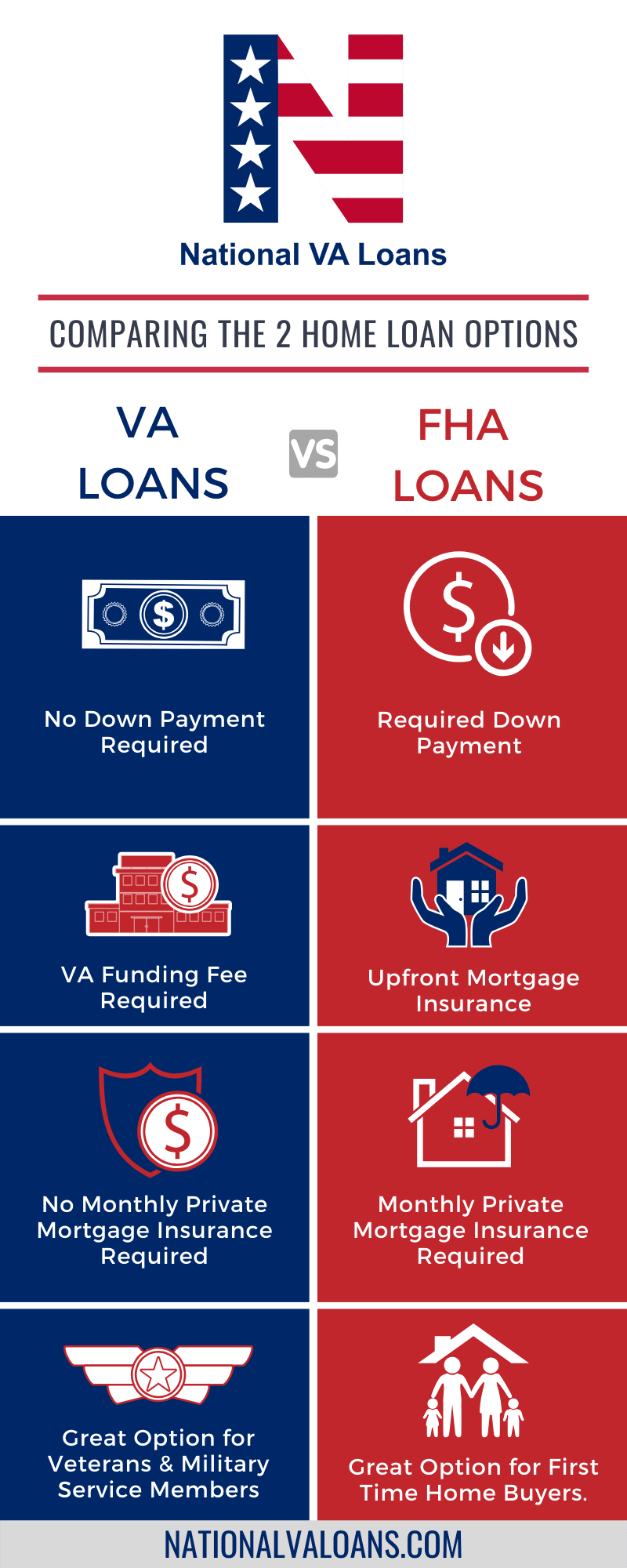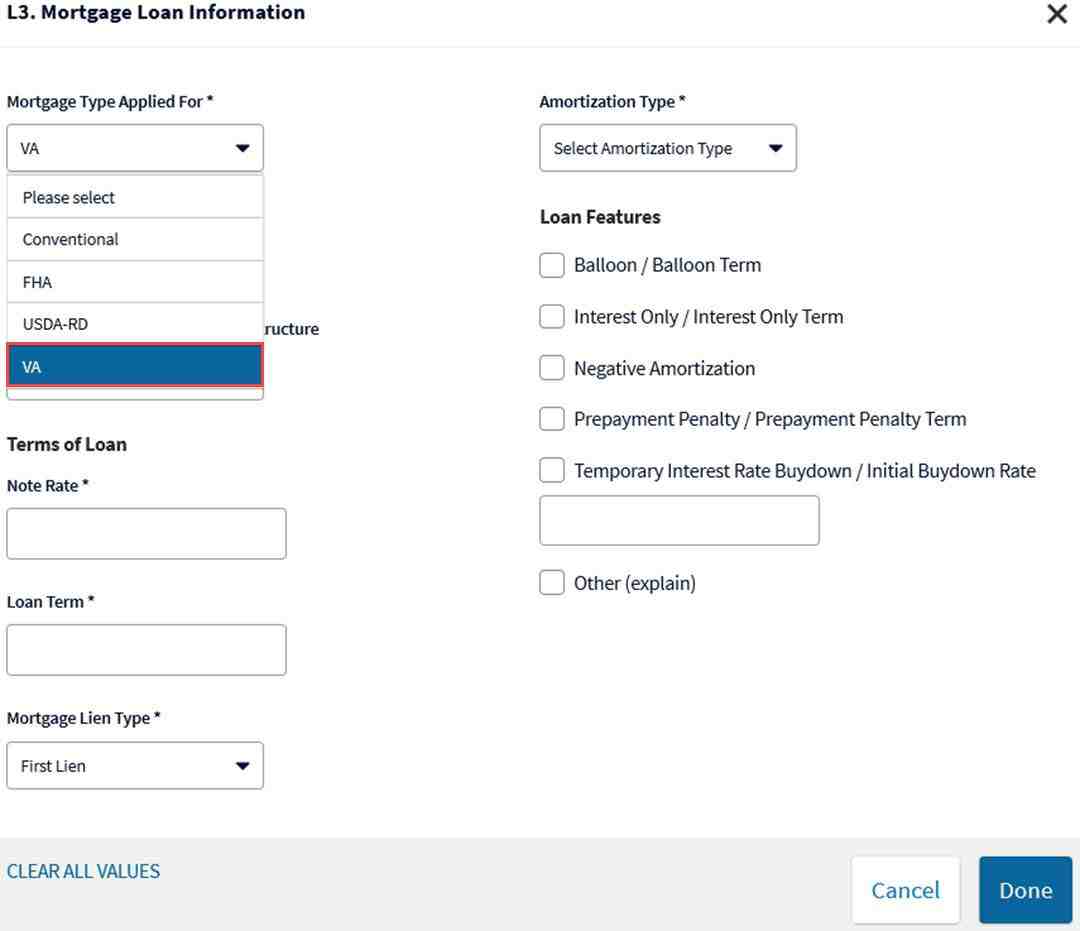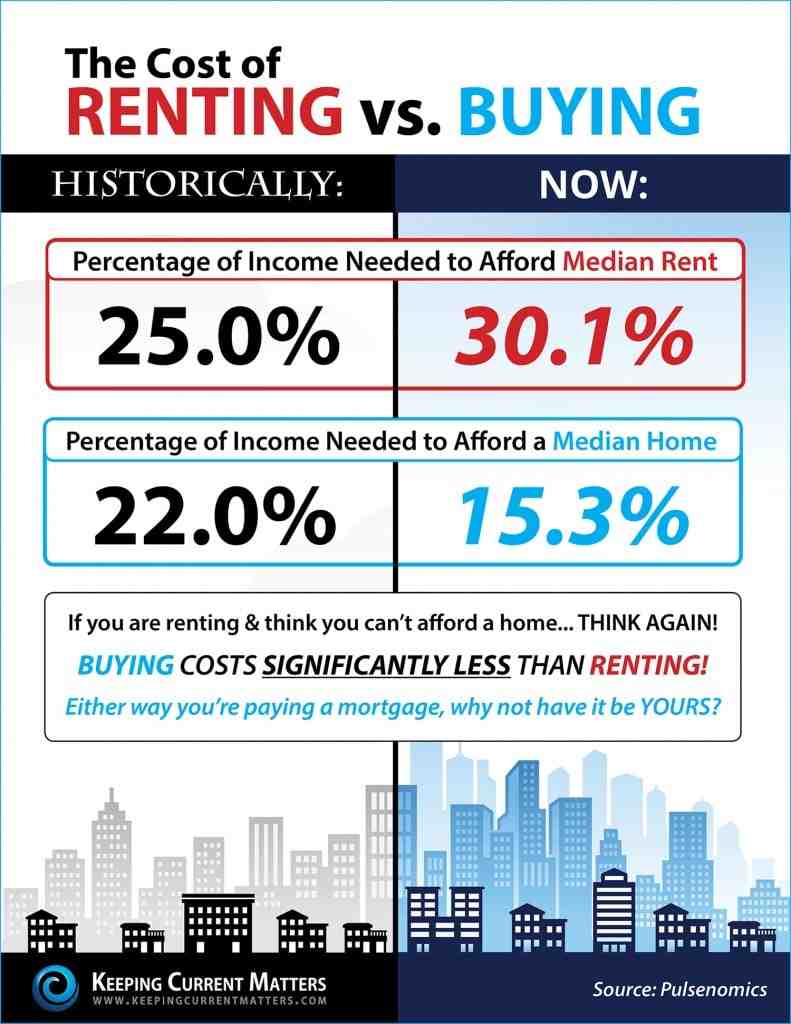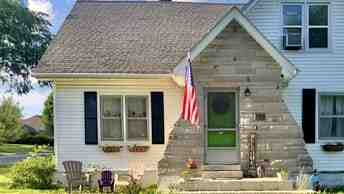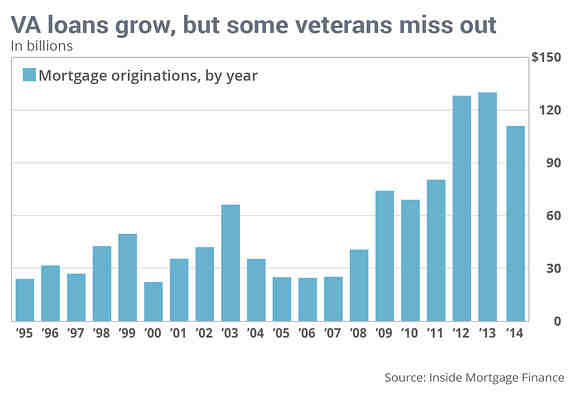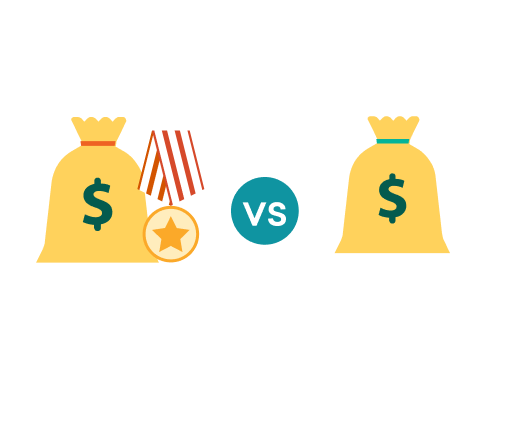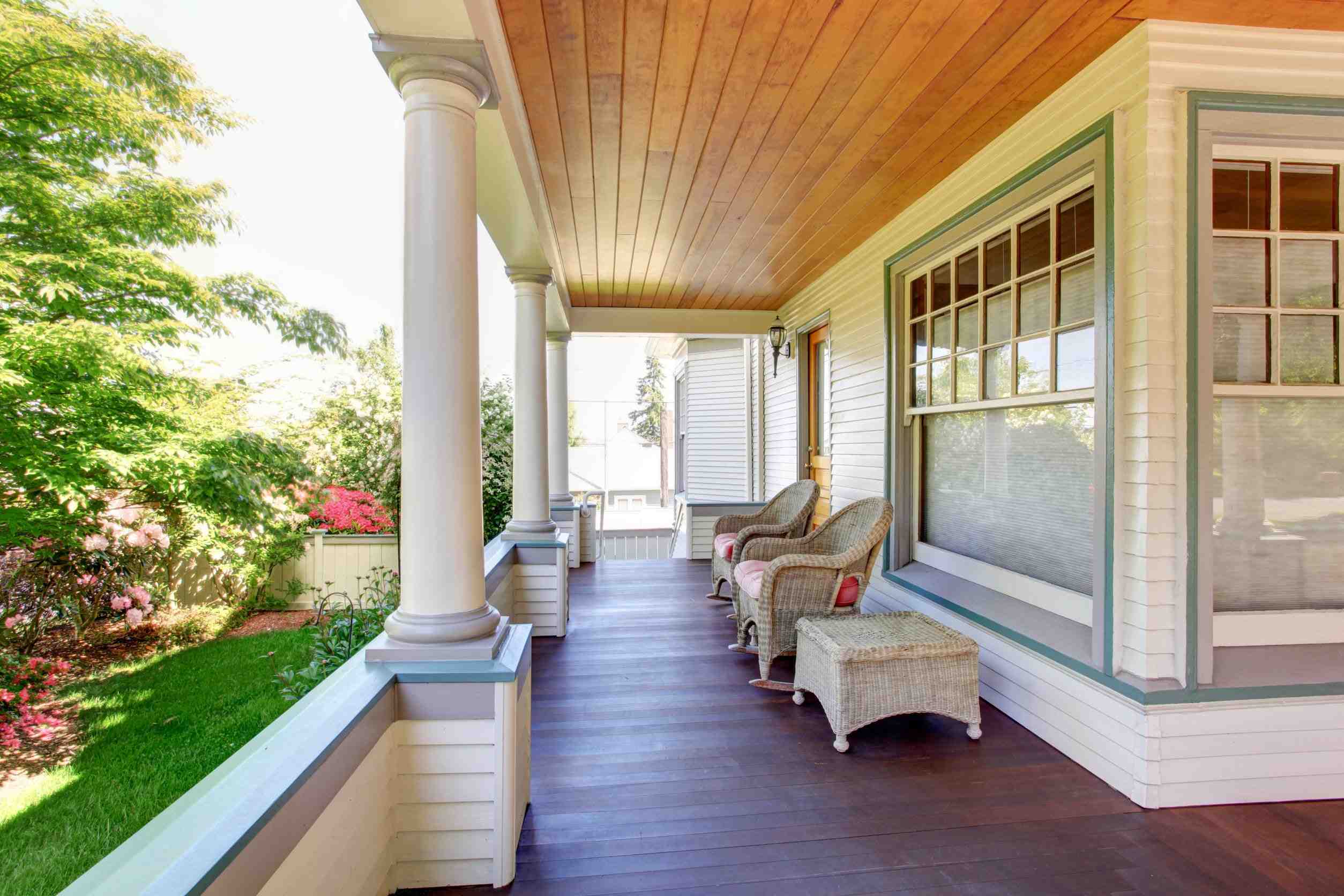What is a UL 300 Ansul system?
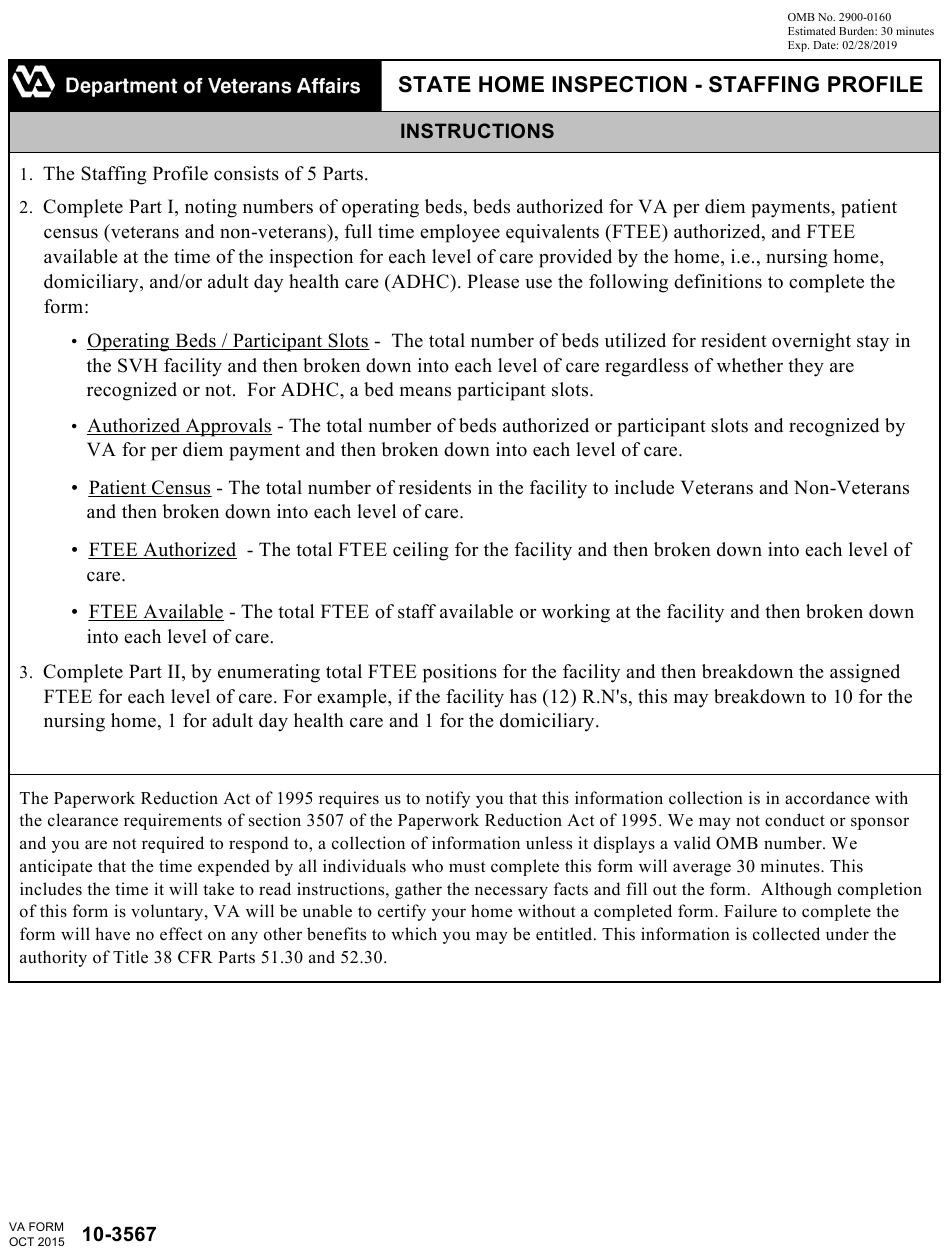
What is UL 300? In 1994, Underwriters Laboratories published “Fire Tests for Fire Extinguishing Systems for the Protection of Restaurant Kitchen Areas”; also known as UL 300. The standard describes the specific guidelines that fire protection equipment manufacturers must meet in order for systems to receive a UL 300 label.
Why should I upgrade to UL 300? Undoubtedly, the most important reason to follow UL 300 is to ensure that customers and employees are protected. Proper compliance with UL 300 and other commercial kitchen fire codes is helping restaurants achieve safer environments.
What events lead to the standardization of UL 300?
On November 21, 1994, a new Underwriters Laboratories testing standard entitled UL 300, Fire Testing of Fire Extinguishing Systems for the Protection of Restaurant Cooking Areas, came into force. This new standard is the result of changes in fire hazards involving commercial kitchen equipment.
What events led to the standardization of UL 300?
UL 300 was established in response to changes in kitchen styles, processes, and equipment present in modern commercial kitchens. Restaurant fires were becoming increasingly difficult to suppress and contain due to these changes, and the creation of the UL 300 addressed these issues.
What is a UL 300 system?
UL-300 is a fire testing standard administered by Underwriters Laboratories (UL). For home appliance companies to receive UL tags on their products, each individual model must be submitted to UL for testing. The devices must meet specific requirements in order to be approved and certified as UL-300.
What is a UL 300 system?
UL-300 is a fire testing standard administered by Underwriters Laboratories (UL). For home appliance companies to receive UL tags on their products, each individual model must be submitted to UL for testing. The devices must meet specific requirements in order to be approved and certified as UL-300.
Is UL 300 wet or dry?
All UL 300 compatible systems use UL300, a wet extinguishing agent. Wet system nozzles are narrow ¾ “to 1” in diameter and are usually covered with red, orange, or yellow plastic caps to keep them clean. Obvious indicators that a fire protection system does not comply with UL 300: installed before November 21, 1994.
What does UL 300 compliant mean?
UL 300 is a fire safety standard for commercial kitchens created by Underwriters Laboratories. … It also requires that the firefighting equipment of restaurant owners be adequate to handle the extremely hot temperatures found in most commercial equipment.
What is an Ansul system?
ANSUL is a line of special risk fire protection products designed to meet strict standards and tested under the scrutiny of independent laboratories and approval agencies around the world. Tyco Fire Protection Products introduced this premium brand in 1939.
What does a fire protection specialist do?
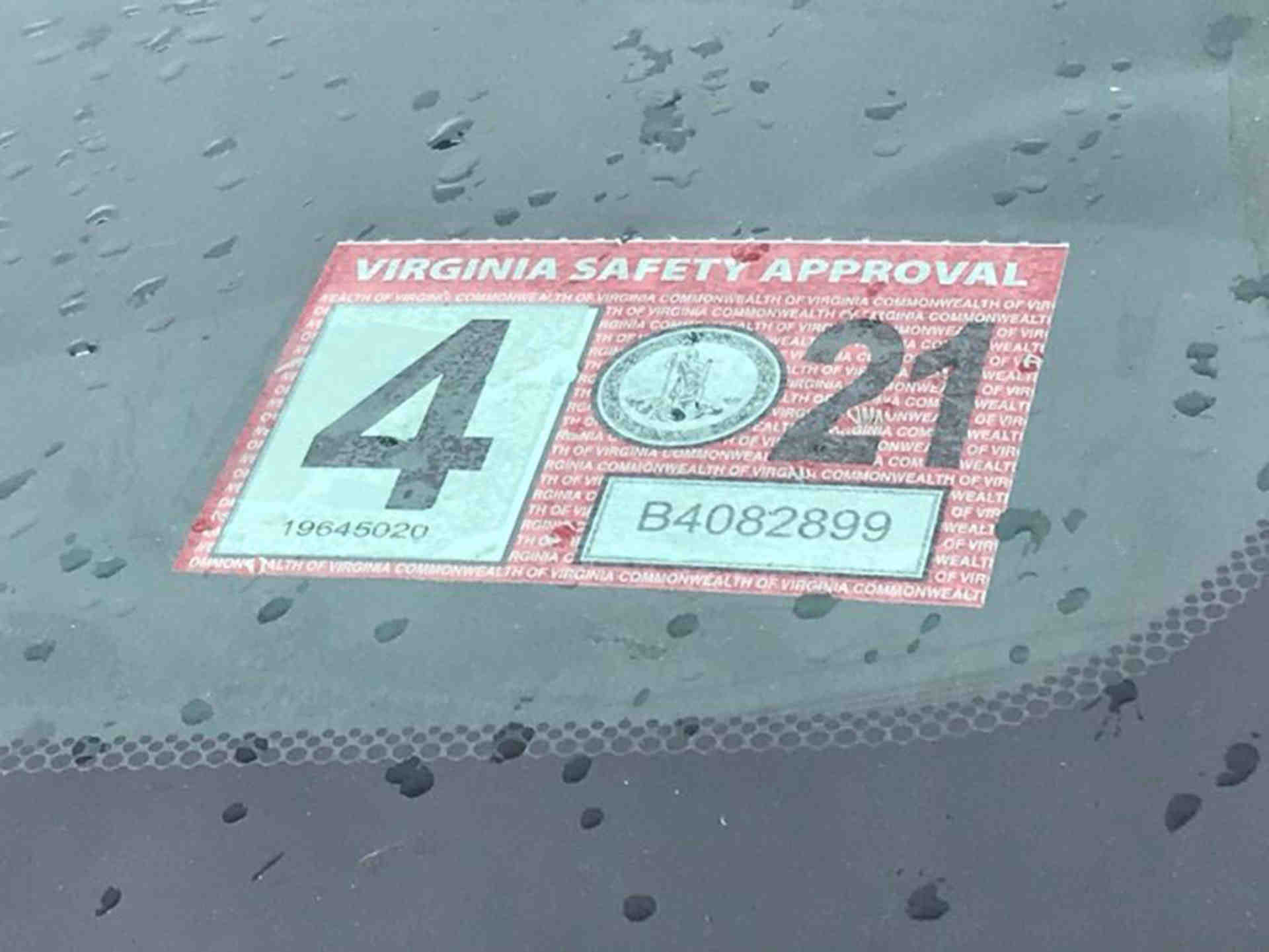
The job duties of a fire prevention specialist include inspecting buildings, homes, or other locations to identify potential fire hazards. Your responsibilities may also include taking steps to review structures and approve commercial or residential permits on behalf of a municipal government.
How do I become a fire safety consultant? Becoming a fire safety consultant requires extensive work from courses and written exams in the classroom. People who want to become fire safety consultants can start to gain experience in related fields, such as fire safety. A fire safety certification program is then typically required.
What does fire protection maintenance specialist do?
Performs fire rescue operations, maintains and cares for firefighting equipment, conducts residential and commercial inspections, participates in continuing education, can train auxiliary firefighters.
How much does a combat specialist make?
The national average salary for a combat specialist is $ 52,243 in the United States.
What degree do you need to be a prevention specialist?
Most jobs as prevention specialists require at least a high school diploma in a related field, such as education, social work, or counseling.
What is NFPA certified?
NFPA® certifications provide an opportunity to verify that you can competently carry out your work responsibilities. Provide employers, peers, and the public with evidence of your knowledge and skills by meeting eligibility requirements and passing a thorough examination required by the NFPA as a certification body.
How do I verify NFPA certification?
Contact the NFPA Certification Department For group training of 10 or more people, contact us online or call 1 877 336-3280. Find a computer-based test center near you.
Is NFPA mandatory?
In most cases, compliance with NFPA standards is voluntary. In some cases, however, federal or state occupational health and safety agencies (OSHA) have incorporated the wording of NFPA standards into regulations. In these cases, compliance with the rules is mandatory.
What is Cfps course?
Certified Financial Planner or CFP is a professional certification course that is offered with a duration of 6 months to 2 years. It imparts knowledge in the field of financial planning and is provided by the Financial Planning Standards Board (FPSB). … CFP course fees range from INR 40,000 to INR 60,000.
How do you calculate CPF?
You can calculate total CPF contributions by applying the contribution rate to the employee’s total salaries subject to the CPF. Total CPF employee contributions include your share and that of your employee.
What is the CPF contribution?
At the beginning of your professional career, your CPF contributions will amount to 37% of your monthly salary, with 17% contributed by your employer and 20% contributed by yourself.
What is suppression inspection?
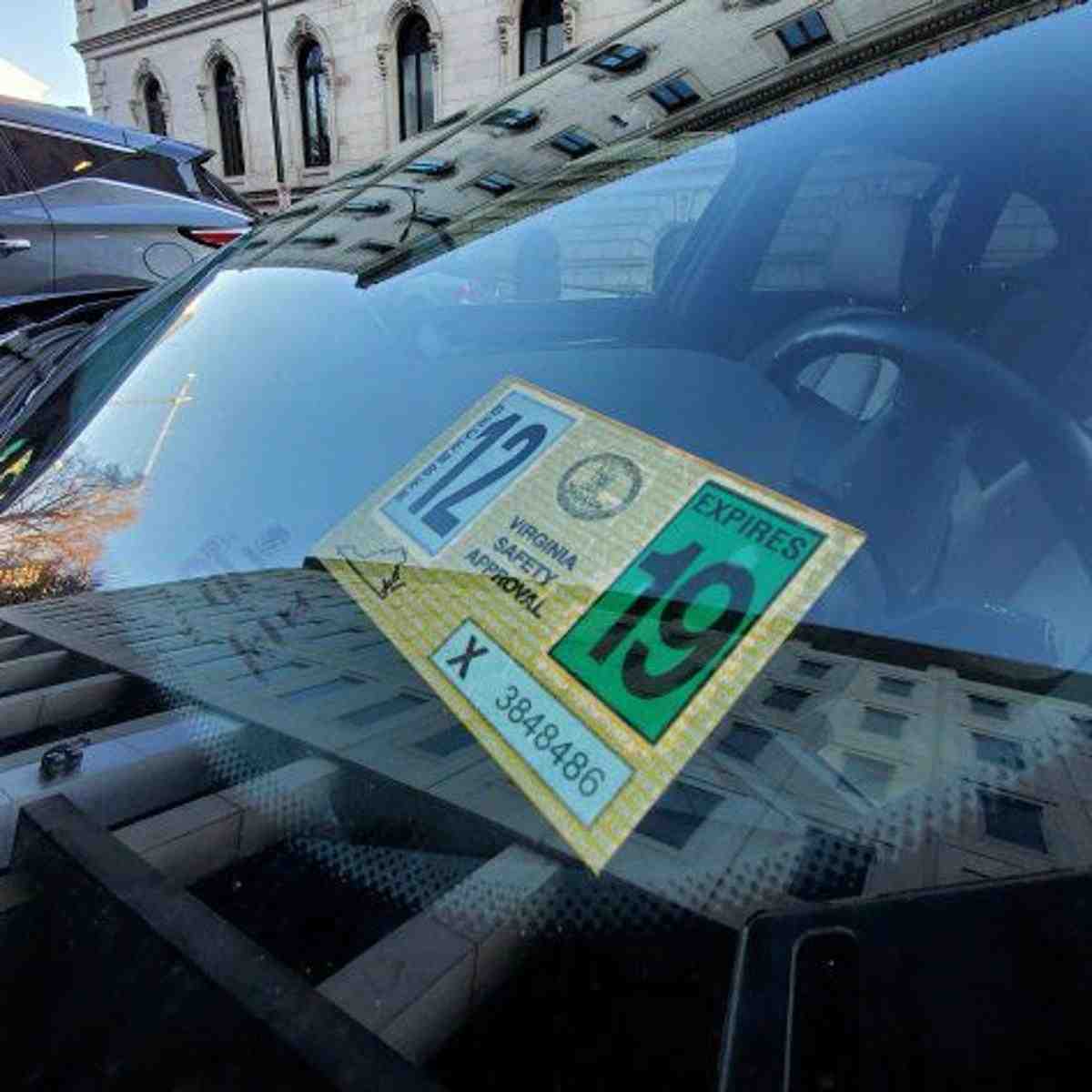
Firefighting professionals will conduct an in-depth inspection and testing of each component of your system, which includes: appliance nozzles, ducts and fillers and nozzle ejection plugs. Link line and detectors. Functionality and accessibility of actuators and control components.
How often should kitchen fire extinguishing systems be inspected? NFPA codes require kitchen fire extinguishing systems to be inspected by a trained and certified technician every six months.
What is a fire suppression inspection?
The purpose of firefighting inspections is to help building owners and managers identify potential problems or malfunctions before they cause any problems. Kinetix technicians perform visual inspections to identify proper protection, system status, location, recent downloads, and design changes.
What happens during a sprinkler inspection?
Once the water pressure and alarms have been tested, the technicians carry out a visual inspection of all the accessible sprinkler pipes and heads. With this inspection, they will look for rusty / corroded pipes, painted / loaded spray heads, missing shield plates, missing valve / FDC signs, and so on.
What is considered fire suppression?
A fire-fighting system, such as a fire-fighting system, is used to extinguish or control fires, and is activated by heat, smoke, or a combination of both. However, a fire extinguishing system uses gaseous, chemical, or foam extinguishing agents to suppress fire, rather than water.
How often should gas suppression systems be inspected?
Your fire extinguishing system will need regular maintenance, although the time between services will vary depending on factors such as the type of system and the environment. Firefighting standards suggest a basic service every 12 months, according to a periodic Fire Risk Assessment (FRA).
How often should a halon system be inspected?
The Halon 1211 requires six years of maintenance and 12 years of hydrostatic testing by a licensed firefighter. The 1211/1301 mix does not require six years of maintenance, hydrostatic testing or recharging. Units must be visually inspected to ensure that the fire extinguisher is fully charged and operational.
How much does a fire suppression system cost?
| Fire protection prices | |
|---|---|
| National average cost | $ 600 |
| Average range | $ 400- $ 2,500 |
| Minimum cost | $ 300 |
| Maximum cost | $ 3,500 |
How do you test a fire suppression?
Fire Extinguisher Inspection Checklist
- Confirm that the fire extinguisher is visible, unobstructed and in the designated location.
- Check that the locking pin is intact and that the tamper-evident seal is not broken. …
- Check that the pressure gauge or pressure gauge is in the operating range or position, and lift the fire extinguisher to make sure it is still full.
How often should a fire suppression system be tested?
The NFPA recommends that building owners have experienced fire protection experts inspect all spray systems at least four times a year to ensure that the system will be deployed in the event of a fire emergency. Monthly and weekly inspections may be performed by trained persons employed by the owner or occupant.
How are fire sprinkler systems tested?
Technicians will physically check all elements of your system, from water flow and fire pump tests to alarm tests and dry tube ignition tests, flood valves and pre-action.
How do you maintain a fire suppression system?
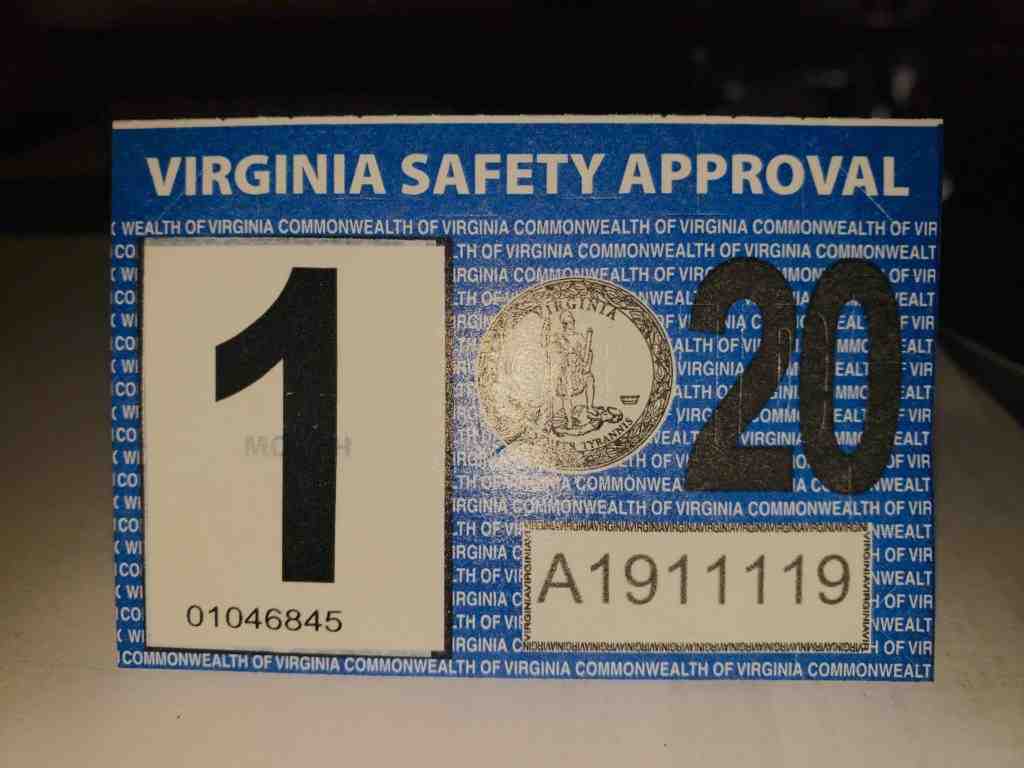
How To Maintain A Fire Sprinkler System | Guide for fire professionals
- Check non-electronic control settings. …
- Remove the coatings from the spray heads. …
- Remove tall objects from under the sprinklers. …
- Check sprinkler water pressure. …
- Perform a complete spray system inspection. …
- Are you interested in inspecting spray systems?
How often should a fire extinguishing system be reviewed? NFPA guidelines state that fire extinguishing systems should have a half-yearly inspection by a certified technician. By inspecting and replacing components when necessary, you are making sure that your system is working properly to detect and suppress a fire.
How long is a fire suppression system good for?
The life of your commercial fire extinguisher depends on the type of fire extinguisher inside. Dry chemical fire extinguishers typically have a typical shelf life of up to 6 years, but some have a classification of 12 years. These are usually the minimum time your fire extinguisher is rated.
Do fire suppression systems expire?
Although the life of your fire extinguisher depends on several factors, you can expect it to last between 5 and 15 years.
How long do fire extinguishes last?
The regulations state that fire extinguishers must be stamped from the time of manufacture / pressurization. This means that although fire extinguishers should last five years, technically time has begun to pass even before the fire extinguisher arrives in Australia.
How often should gas suppression systems be inspected?
Your fire extinguishing system will need regular maintenance, although the time between services will vary depending on factors such as the type of system and the environment. Firefighting standards suggest a basic service every 12 months, according to a periodic Fire Risk Assessment (FRA).
How often should a halon system be inspected?
The Halon 1211 requires six years of maintenance and 12 years of hydrostatic testing by a licensed firefighter. The 1211/1301 mix does not require six years of maintenance, hydrostatic testing or recharging. Units must be visually inspected to ensure that the fire extinguisher is fully charged and operational.
How much does a fire suppression system cost?
| Fire protection prices | |
|---|---|
| National average cost | $ 600 |
| Average range | $ 400- $ 2,500 |
| Minimum cost | $ 300 |
| Maximum cost | $ 3,500 |
What is the purpose of checking the sprinkler system weekly?
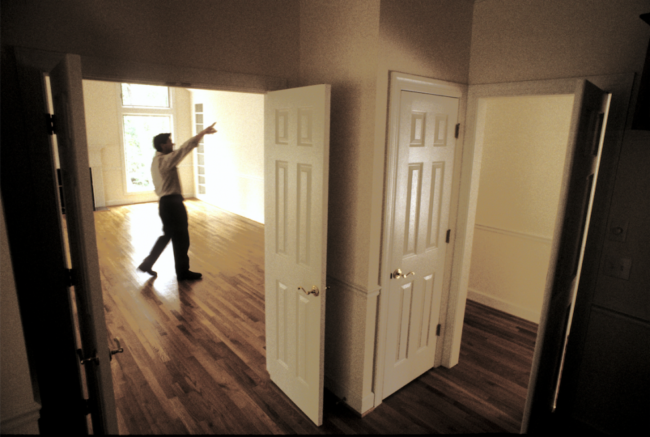
Having your sprinkler system tested is crucial to making sure that in the event of a fire, the sprinkler system is able to function properly, reducing the spread of fire to your premises.
What is a sprinkler inspection? Once the water pressure and alarms have been tested, the technicians carry out a visual inspection of all the accessible sprinkler pipes and heads. With this inspection, they will look for rusty / corroded pipes, painted / loaded spray heads, missing shield plates, missing valve / FDC signs, and so on.
What is the purpose of a sprinkler system?
sprinkler system, in fire control, a means of protection of a building against fires causing an automatic discharge of water, usually from pipes close to the roof.
What type of irrigation is a sprinkler?
Sprinkler / sprinkler irrigation is the method of applying water in a controlled manner, similar to rain. Water is distributed through a network that can be made up of pumps, valves, pipes and sprinklers. Irrigation sprinklers can be used for residential, industrial and agricultural use.
What is sprinkler system of irrigation Class 8?
Sprinkler system: In this system the vertical pipes are provided with a rotating nozzle at the top and are attached to the main pipe at regular intervals. With the help of the pump, the water is allowed to pass through the pipes with high pressure. The pressure allows the nozzle to rotate and the water spreads over the crop in a manner similar to rain.

